How Much Does a Sword Cost?

What’s in this article?
The price of a sword can vary significantly, from a modest $40 decorative wall hanger to a magnificent $100,000,000 relic that could have been used in historical battle. Whether you are looking at a blade used for martial arts, practical cutting exercises, or a handcrafted antique, their price tags will be unique. Authentic and traditionally made blades carry a premium, while modern replicas will be more wallet-friendly.
This article will focus on the details regarding the price points of various swords, starting with the basic factors that generate the price of the sword. We will also explore several types of swords based on their pricing.
Factors for Sword Prices
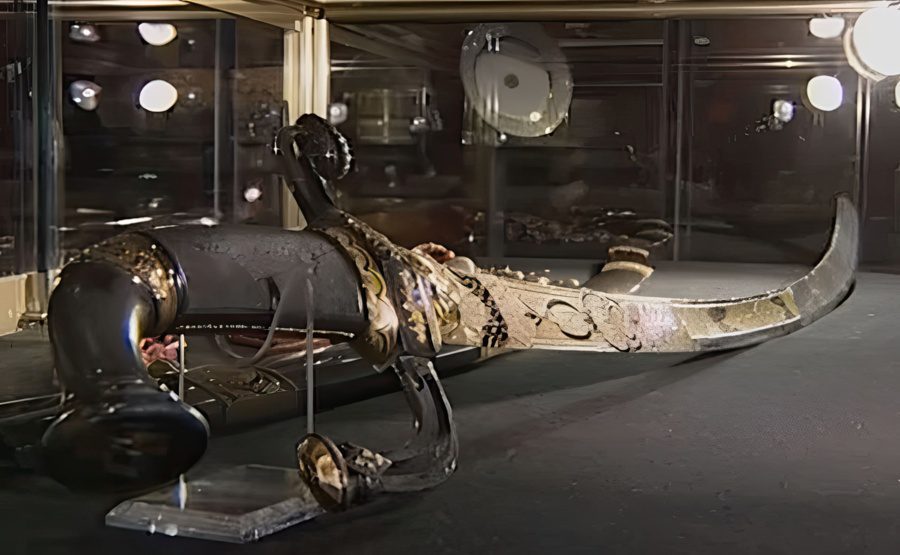
While many people may recognize a katana sword, prices can vary depending on the design and certain changes made to the weapon. Sometimes, these changes are unnoticeable until the blade is tested in cutting practice. Here are some of the most common factors that can affect cost.
- Authenticity – whether or not a sword is built by authentic swordsmiths
- Traditional Methods – using traditional or even outdated materials, such as craftable functional steel, and historical methods
- Antique – the antiquity and preservation of a sword
- Quality of Steel – the type of steel used to manufacture the sword, such as carbon, spring, or tool steel, will determine the price of a sword, as there are different levels of difficulty in working with various steels
- Experience of Swordsmith – some swordsmiths are renowned in the community and the prices of their swords can be higher thanks to their level of expertise
- Material of Fittings – smaller fittings and mountings can be designed with individual metals such as brass, copper, iron, or stainless steel. Other materials, such as silk, cotton, leather, cord wrap, and wood, will affect the final price of a katana
- Added Extras – some swords may come with an extra lanyard, tassel, paper wedges under the handle, or cord wraps. Swords may also include smaller utility knives, traditional maintenance kits, sword bags, scabbards, and even smaller swords, such as a daisho kit
- Inscriptions and Decorations – special motifs such as the pommel, handle, or guard can be etched on the sword’s fittings. The katana’s blade can feature inscriptions and decorations, such as Damascus visual patterns
- Functionality – Price will vary greatly depending on what the sword’s function will be, in terms of cutting practice and power, training, decoration, or cosplay
Different Swords and Their Costs
Although there are many types of swords, such as katanas, European longswords, Viking swords, and Chinese jian swords, prices are typically not determined by this. Instead, a sword’s price tag is often reflective of the function, quality, and design of a blade and its fittings. Here are the different price groups for swords based on the previously mentioned factors.
1. Affordable Swords $40 – $150
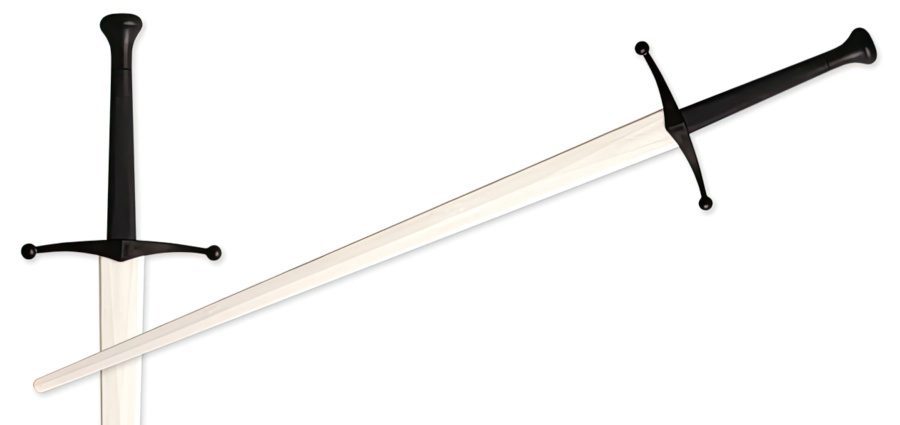
Affordable swords are the most modest in terms of quality, function, and design. Their focus is on something other than high-quality fittings, durable material, or historical authenticity. Still, some affordable swords can be functional and used for cutting exercises on light targets by featuring lower-end carbon steel.
Most affordable swords can fit nicely in a sword display if made with stainless steel, which is more corrosion-resistant. Affordable swords are great for beginners in sword martial arts as they can be made of bamboo, wood, aluminum, and synthetic steel. They can also be made of foam and serve as great fantasy or anime roleplaying tools.
2. Medium Priced Replica Swords – $100 – $400

In the second tier of sword prices are the blades that may not feature the highest quality steels nor the traditional methods and materials, but they will be functional on cutting practice targets. This makes medium-priced replica swords favorable for people new to the sword community who want an affordable sword that can cut well. These swords are also made with better-quality stainless steel and can feature etched or folded Damascus steel blades for decorative purposes.
These swords are usually crafted with carbon steel such as 1045, 1060, 1075, and 1090 or tough alloy steels such as T10 and flexible 5160. While they will function great as cutting weapons, their attention to detail and quality of fittings might be lacking in some cases. All types of swords from around the globe can be found in this price group, such as European, Japanese, and Chinese.
3. Quality Replica Swords – $400 – $1,500
Functional swords that can cut as well as the previous types of swords but are more durable, flexible, and handle better are quality replica swords. When price is not a factor, and the goal is to get a truly functional blade that will stand the test of time, these swords are the go-to choice by many in the sword community.
These swords are made by renowned sword companies with years of swordsmithing experience. They can feature high-quality mono-steel differentially hardened and made with great attention to detail for a tight fit. Their fittings and scabbards are made from high-quality materials such as brass, iron, copper, real silk, and leather.
Some quality replica swords can be made by following traditional swordsmithing methods, such as a folded katana sword with clay tempering as its differential hardening or using more steels as a lamination method.
4. High-End Replica Swords – $1,500 – $4,500
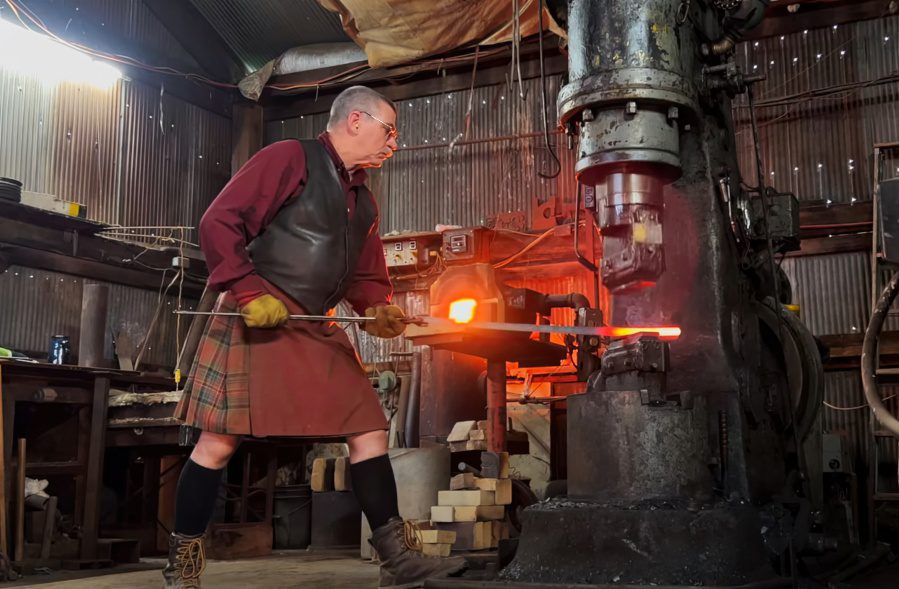
High-end replica swords prioritize unparalleled attention to detail. They follow all the traditional crafting methods and use materials as close to an authentic sword as possible. These blades are made with genuine, high-quality modern and historical materials, such as Japanese tamahagane steel, crucible steel, horn material as fittings, durable silk, leather, and ray skin. They are also completed with authentic blade polishing.
There are also high-end replica swords, usually reproductions of historical Medieval or Chinese swords that are not crafted with authenticity in mind but for actual modern performance. These blades utilize some of the most advanced sword steels available, such as L-6 bainite and S-7 shock steel. Only a limited number of artisans and sword companies are qualified enough to craft them. These swords are among today’s most impressive “battle-ready” options that will maintain a razor-sharp edge even after the most abusive cutting tests.
5. New Japanese Authentic Swords (Nihonto) – $8,000 – $200,000
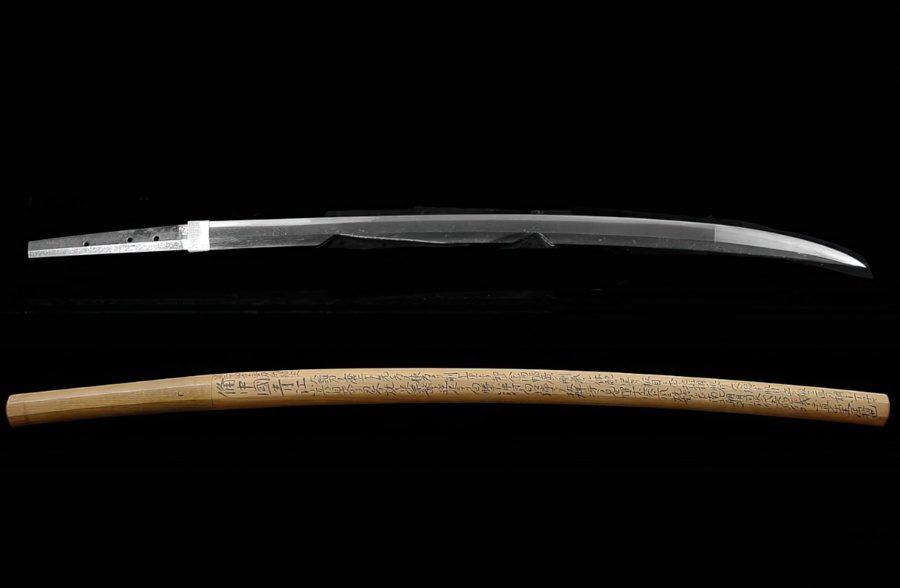
Japanese real swords are called nihonto. They are authentic blades made by Japanese swordsmiths who do extensive research and attend traditional blacksmithing schools. The nihonto swords are made by following traditional methods and using traditional materials. The lowest prices for these authentic swords are set at $8,000 and produced by novice blacksmiths.
Depending on the craftsmanship and the swordsmith’s reputation, these nihonto swords can range up to $200,000. These blades undergo an evaluation by experts who visually test the quality behind the craft and are tested on tameshigiri cutting targets. Regardless of the price, a new Japanese authentic sword should have an authentic appraisal certificate to confirm the blade’s quality and the sword’s school of origin.
6. Antique Swords – $1,500 – $100,000,000
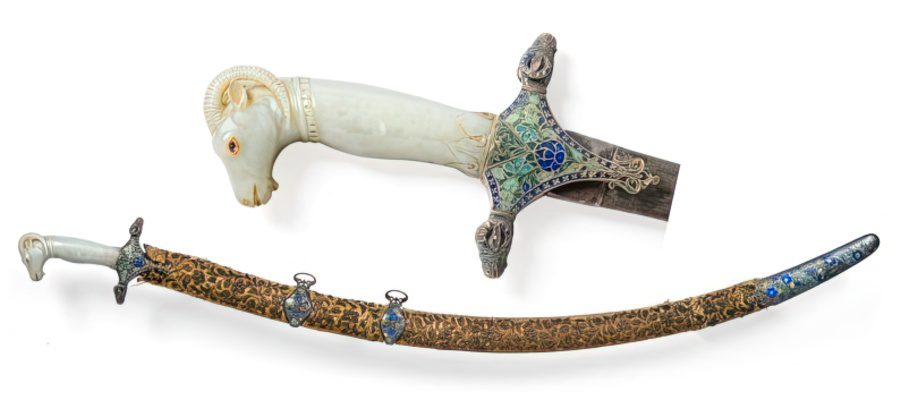
Antique swords are historic blades crafted centuries ago, and their prices are less insistent than the previous price groups. However, antique swords are highly variable. Factors for their price reflect the blade’s age, preservation quality, current functionality, and the significance of the blade’s era. Factors also include previous ownership and individual preferences that can drastically raise or lower the price in auction settings.
The most expensive sword sold at auction was priced at 17.7 million. Still, certain antique swords surpass this price value. The current most expensive sword is a Japanese tachi blade worth around $100,000,000.




